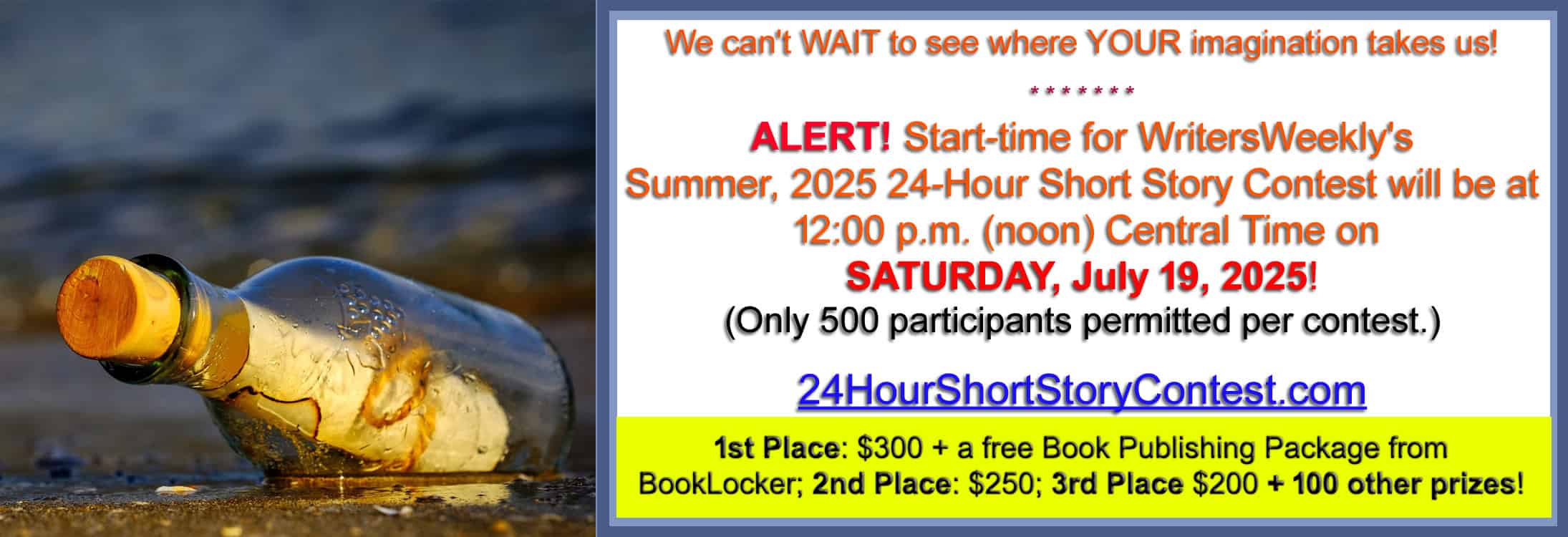Turning the organization of your query letters upside-down can be an effective technique to win trade magazine assignments. This means first presenting yourself as the type of writer the editor needs: accomplished and professional, rather than first pitching your article idea.
Normally presenting your qualifications is the last paragraph in a query letter. So why is it often more effective to open your trade magazine query with this information? Many trade magazine editors seldom lack their own ideas for articles; these arise naturally from the magazine’s editorial calendar, their knowledge of what their magazine has previously published and suggestions from major advertisers. What they often do lack are reliable freelancers who can turn these ideas into interesting articles tailored to their readers’ interests. It’s a rare trade magazine editor who feels she has enough of these writers. So, it’s your job in your query letter to convince the editor that you are one of them. This often is an easier task than coming up with an article idea that grabs the editor’s interest.
So, rather than opening your queries by presenting article ideas, concentrate initially on presenting yourself as the type of writer the trade magazine editor needs. This means beginning your query letter by offering to write on assignment. Your opening paragraph should be tightly written, maybe just a single paragraph, so you can move quickly to the following points:
+ your writing credentials. Mention editors you’ve worked with from other magazines produced by the same publisher. They can serve as references. I have used this strategy to land both feature assignments and a monthly trade magazine column.
+ your willingness to write manuscripts based on the editor’s article ideas
+ what knowledge you have of the subjects the trade magazine covers. If you’re weak in this area, stress that you are a fast learner.
+ your writing credentials. Emphasize your ability to prepare manuscripts that meet the editor’s and readers’ expectations in terms of approach and tone as well as content. Mention editors you’ve worked with from non-competing trade magazines. Citing editors of trade magazines published by the same publishing firm as references has helped me land both feature assignments and two monthly columns.
+ your ability to meet deadlines
Provide clips or URLs that indicate:
+ any professional credentials relevant to the subjects or industries covered by the trade magazine
+ your interviewing skills
+ your writing skills in general
Only then should you consider briefly presenting an article idea to the editor. Choose the idea carefully to demonstrate that you understand the editor’s needs. Base it on the trade magazine’s editorial calendar. Limit your letter length to one page despite the temptation to wax on about your credentials.
Attach your author’s bio after customizing it to emphasize aspects of your experience most relevant to writing for the trade magazine. Send clips that are as relevant as possible to the articles the trade magazine publishes in terms of content, tone and length.
These tactics have worked well for me. For example, late last year I used this technique to earn an assignment from sciencecareers.com, a website offering job-hunting and career advice for scientists. The editor did not accept the idea I proposed late in my query letter but asked me if I would be interested in writing an article on writing cover letters when hunting for a faculty position. This became my first sale to this website.
Using this technique has often provided my first sales to editors who became regular customers for my work. The entire technique didn’t emerge “full-blown” but evolved gradually over the years.
By following this guide, you could be writing regularly on assignment for a trade magazine.
John Borchardt is a full-time writer specializing in science, technology, careers and the workplace. He has more than 1,100 articles published in magazines, newspapers, encyclopedias and online. He is also author of the book Career Management for Scientists and Engineers, a Library of Science monthly selection.


